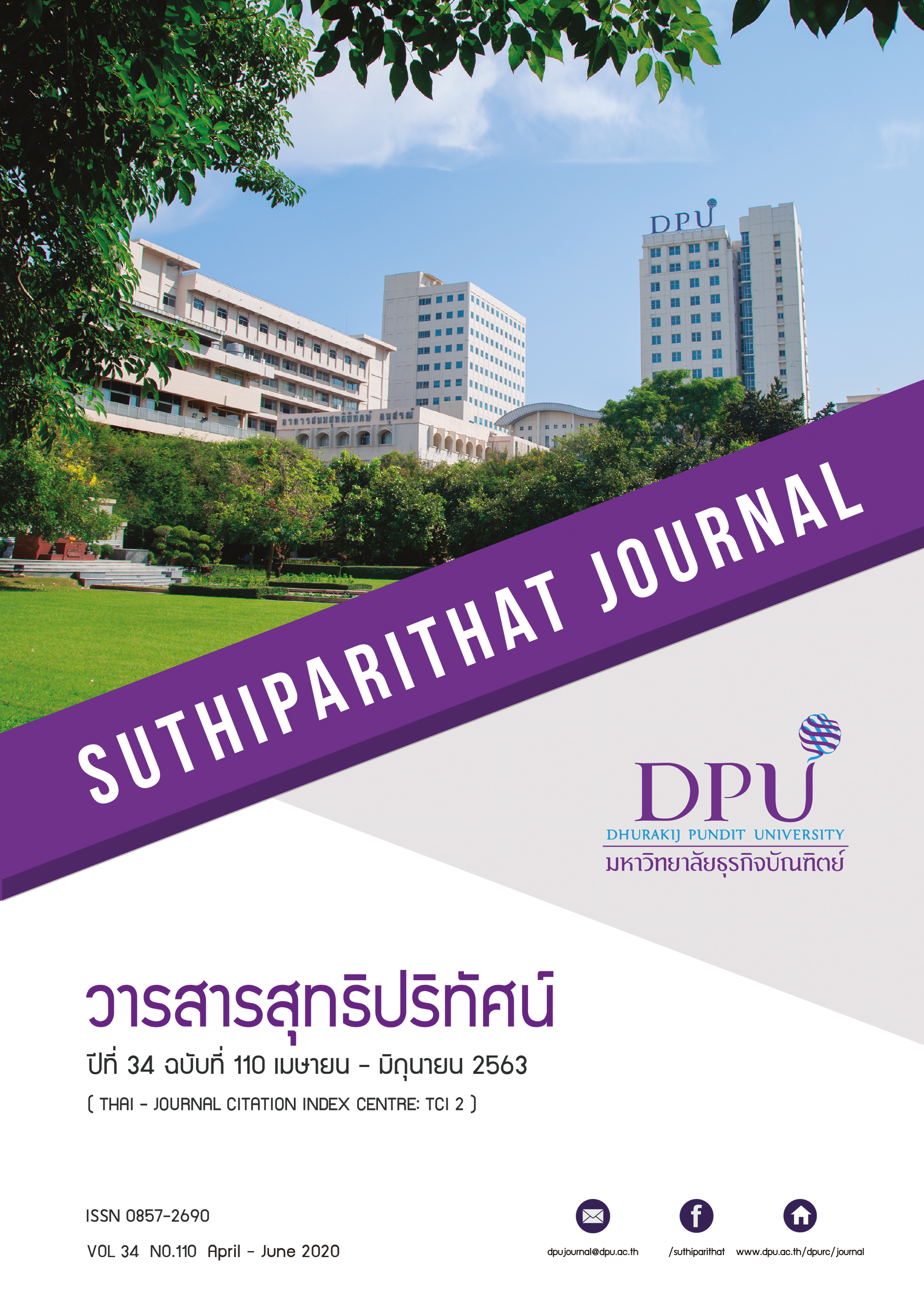THE THE CROSS-CULTURAL ADAPTATION: THE FACTORS AFFECTING ACADEMIC AND SOCIAL ACHIVEMENTS OF CHINESE STUDENTS IN A COLLEGE OF MALAYSIA
Keywords:
One Belt One Road Policy, Chinese Students, Cross-cultural Adaptation, Academic and Social AchievementsAbstract
This research studies the cross-cultural adaptation, the academic and social achievements of Chinese students in a college of Malaysia. The objectives of the study are (1) to explain why Chinese students choose to study abroad in Islamic country as Malaysia, and (2) to study Chinese students’ adaptations and analyze factors affecting their academic and social achievements. The results of interviewing show that (1) the reasons why Chinese students choose to study in Malaysia are “One Belt One Road” Policy, comparatively low expenditure of studying and living in Malaysia, willing to improve English, and experiencing Islamic culture. (2) From regression analysis, the results show that psychological and social adaptations have significantly correlated with social and academic achievements. In psychological adaptation, life satisfaction has significantly positive effect on social and academic achievements; in social adaptation, friends, ability to make friends, and networking have a significantly positive influence on social and academic achievements.
References
Abdul Kadir, A. (1970). Hikayat Abdullah [Abdullah’s story]. (A. H. Hill, Trans). Kuala Lumpur, Malaysia: Oxford University Press.
Altbach, P.G. (1991). Impact and adjustment: Foreign students in comparative perspective. Higher Education, 21(5), 305-324.
Benson, P.G. (1978). Measuring cross-cultural adjustment: The problem of criteria. International Journal of intercultural Relations, 2, 21-37.
Chao, M. M., Takeuchi, R., & Farh, J. L. (2017). Enhancing cultural intelligence: The roles of implicit culture beliefs and adjustment. Personnel Psychology, 70(1), 257-292.
Dunn, J. W. (2006). Academic adjustment of Chinese graduate students in United States Institution of higher education (Doctoral Dissertation). USA: University of Minesota.
Gullahorn, J. T., & Gull ahorn, J. E. (1963). An extension of the U-curve hypothesis. Journal of Social Issues, 19, 33-47.
Hong, Q. (2014). New silk road: One belt and one road. Confucius Institute Magazine, 34(5). Readers Club Confucius, Special Focus Readers Club Confucius, Special Focus, from https://confuciusmag.com/features/special/focus/new-Silk-road
Kim, Y. Y. (2003). Adapting to an unfamiliar culture: An interdisciplinary overview. In W. B. Gudykunst (Ed.), Cross-cultural and intercultural communication. (pp.243-257). Thousand Oaks, CA: Sage.
Lysgaard, S. (1995). Adjustment in foreign society: Norwegian Full bright grantees visiting the United States. International Social Science Bulletin, 7, 45-51.
Ward, C., & Kennedy, A. (1993). Where’s the culture in cross-cultural transition? Comparative studies of sojourner adjustment. Journal of Cross-Cultural Psychology, 24(2), 221-249.
Ward, C. (1996). Acculturation. In D. Landis & R. S. Bhagat (Eds.). Handbook of intercultural training (pp. 124-147). Thousand Oaks, CA, US: Sage Publications.
Xu X. (2015). National belt and road initiative strategy: Opportunities and challenges for the Eurasian Continental Bridge Logistics Industry. Development Research, 1, 65-68.
Zhang, Q. (2004). Self-efficacy and intercultural adaptation of Chinese students at U.S. Universities. International & Intercultural Communication Annual, 27, 103-120.
Downloads
Published
How to Cite
Issue
Section
License
Content and information of the article published at Suthiparithat Journal are based on the sole opinions and responsibility of author(s) only. Neither the editorial board involve in......







